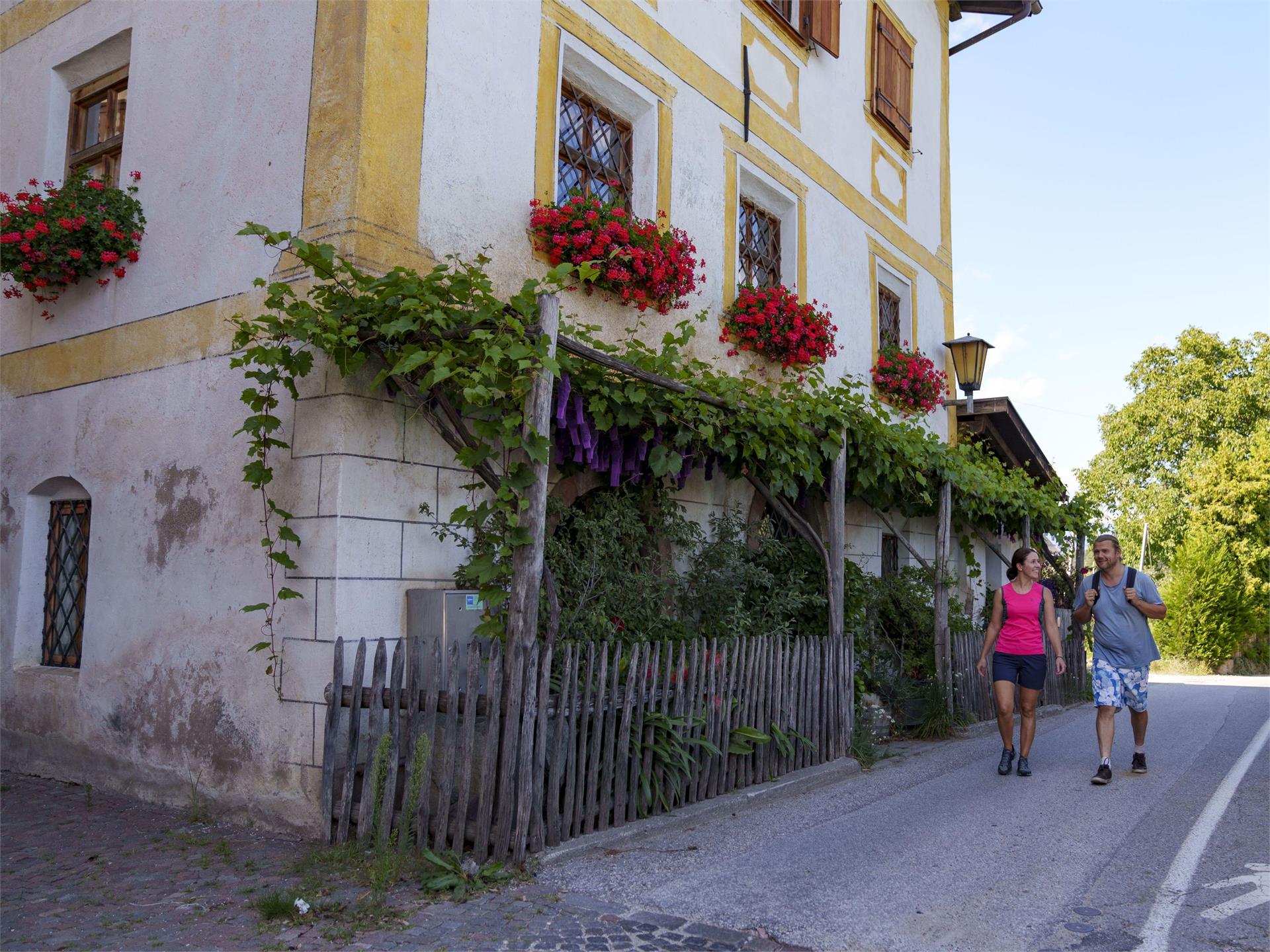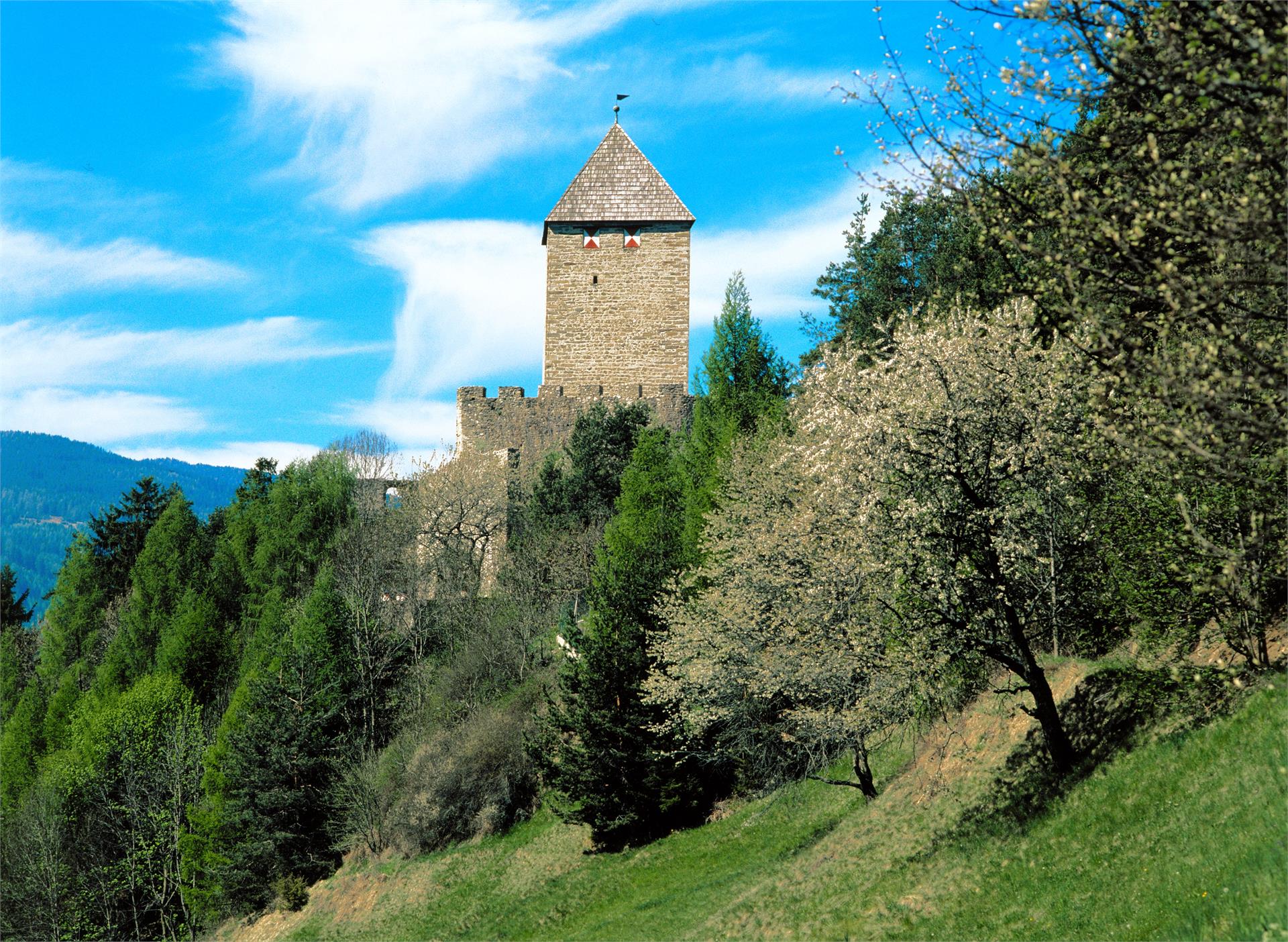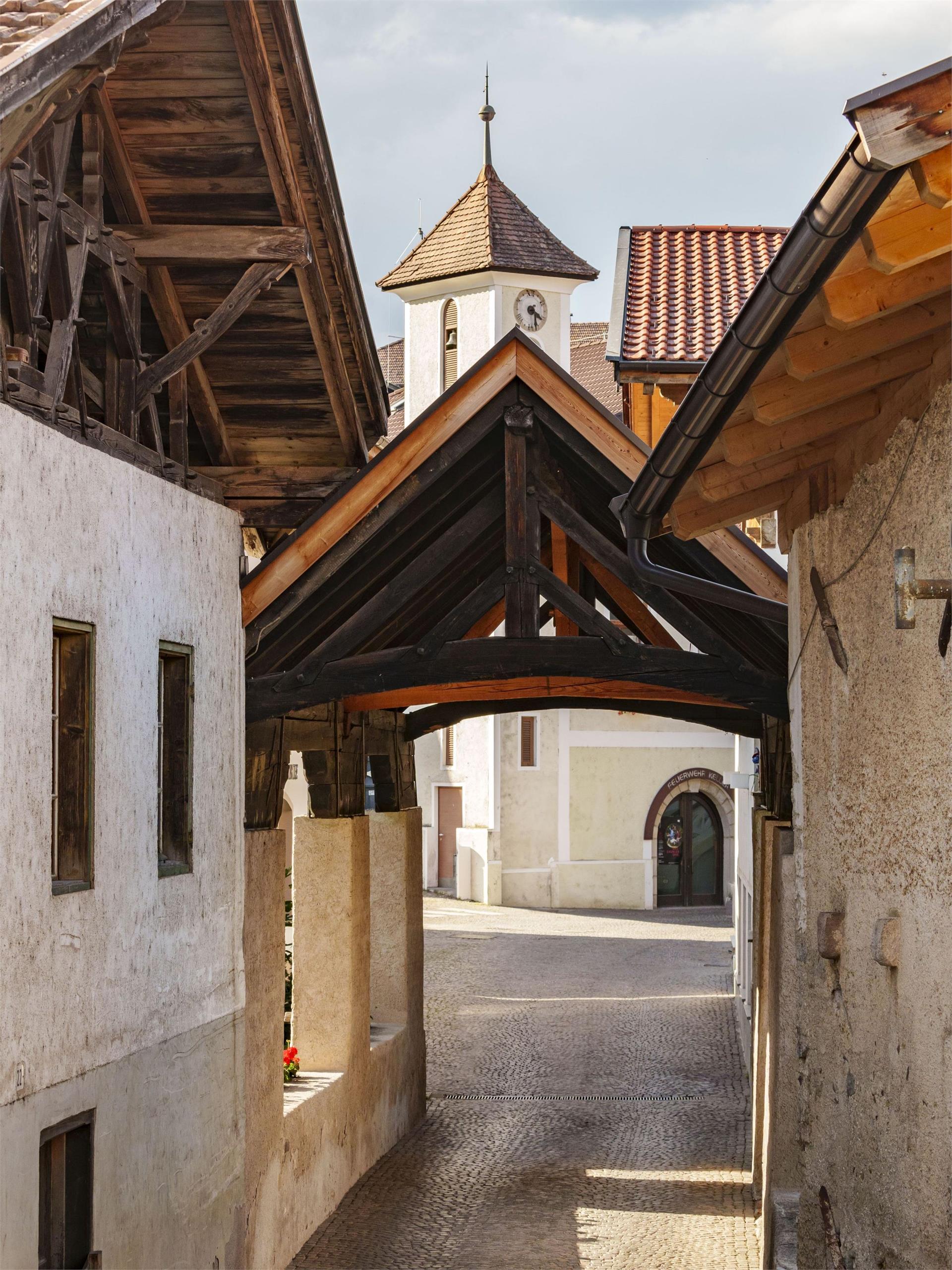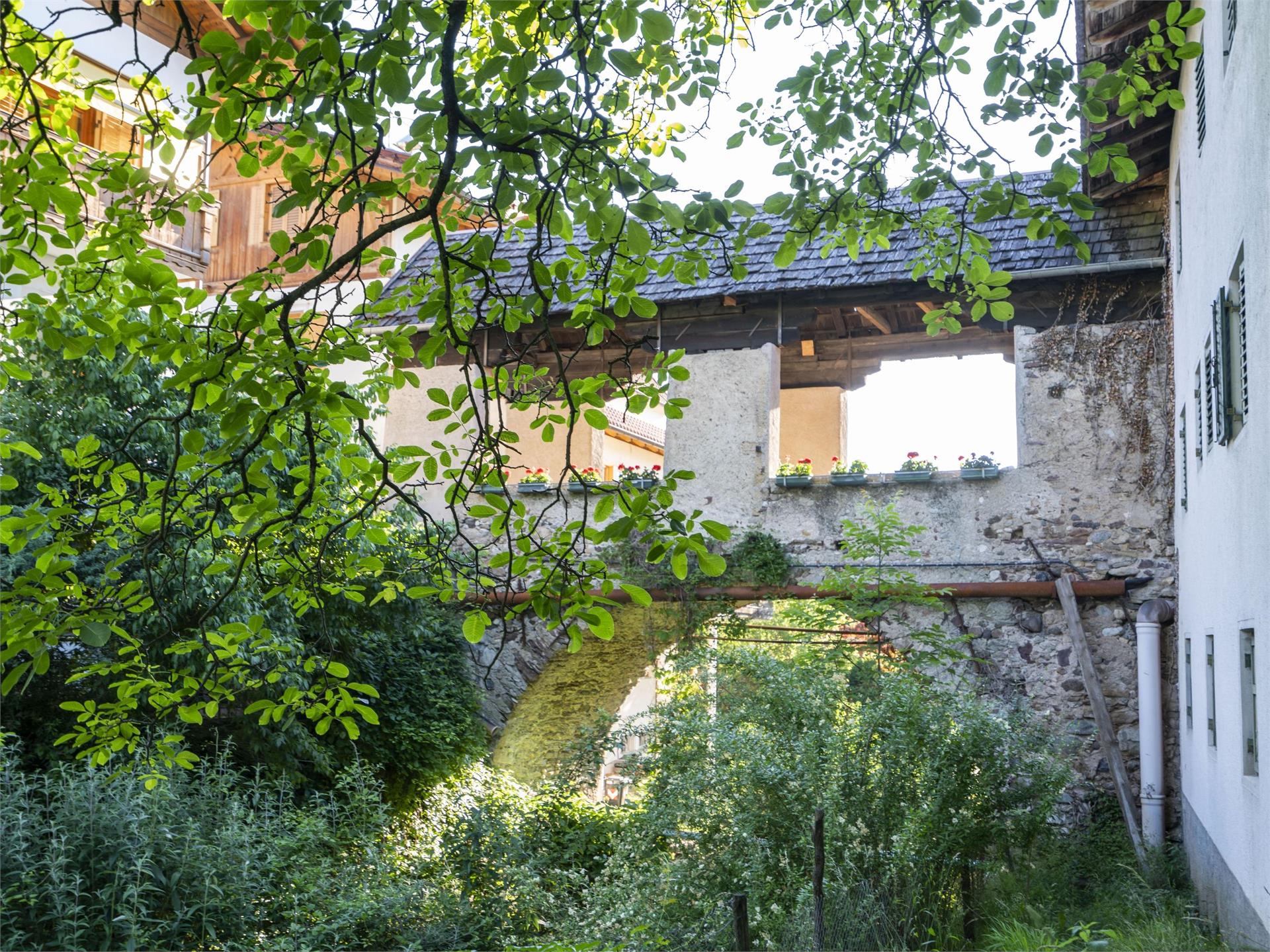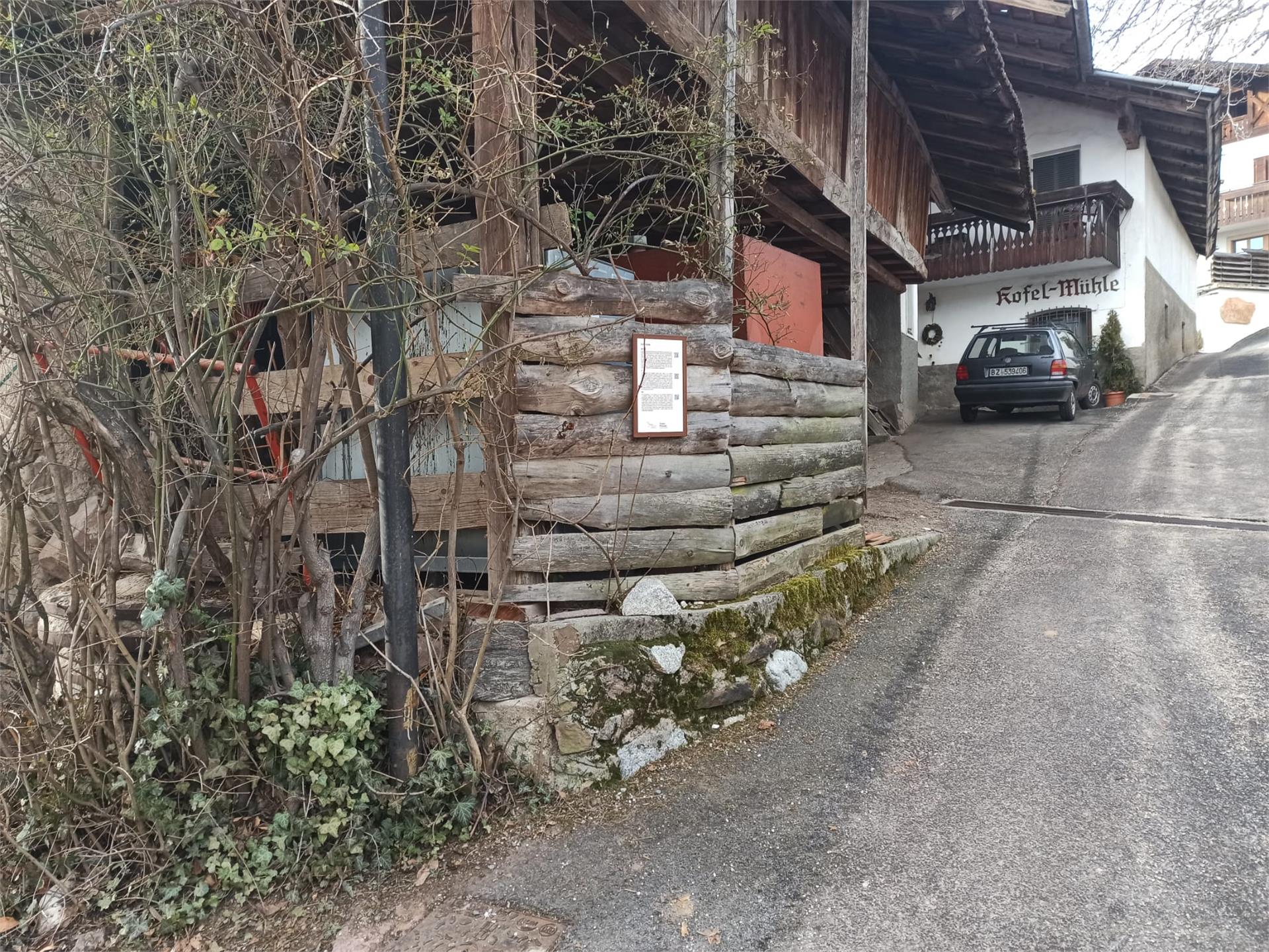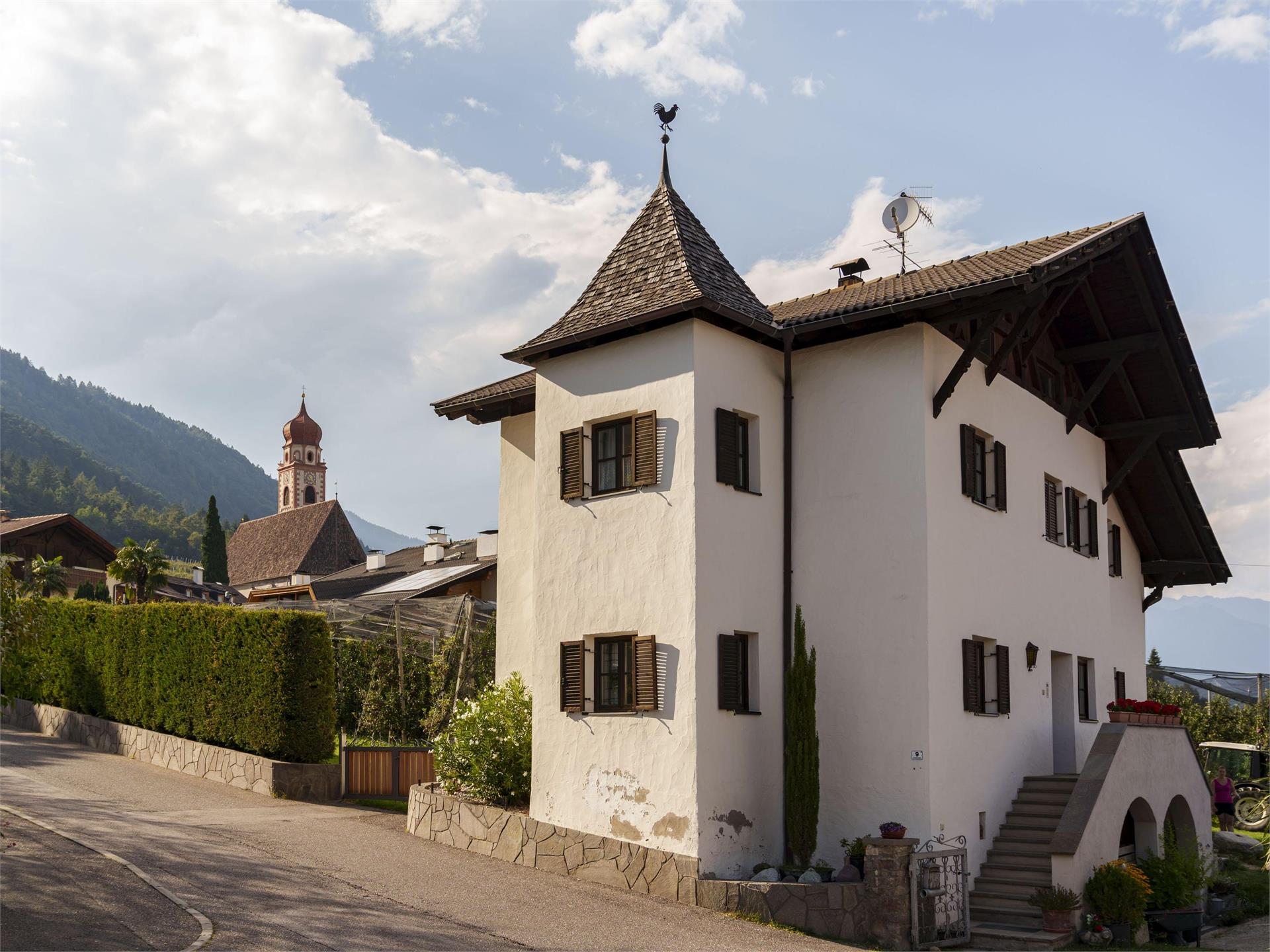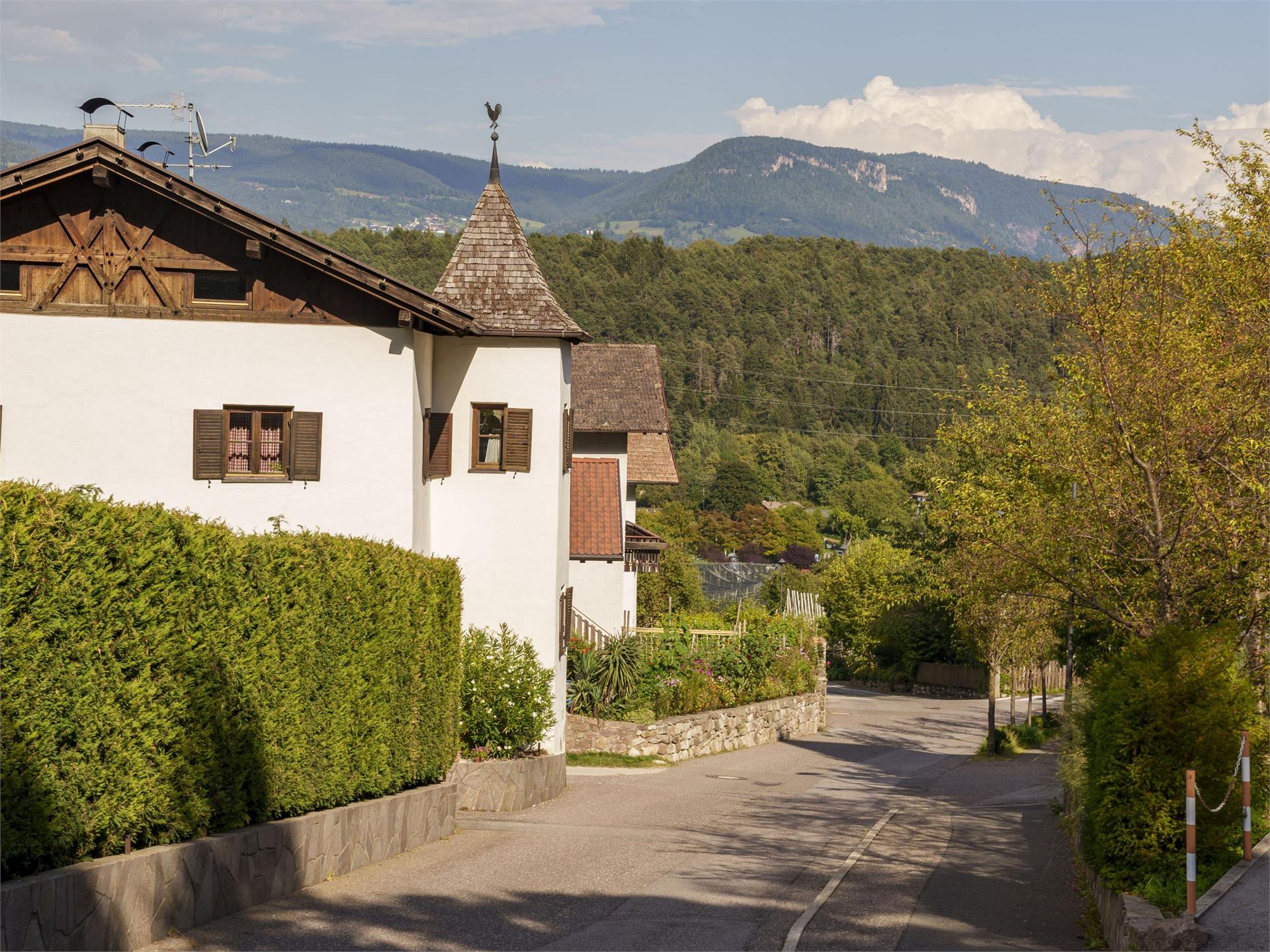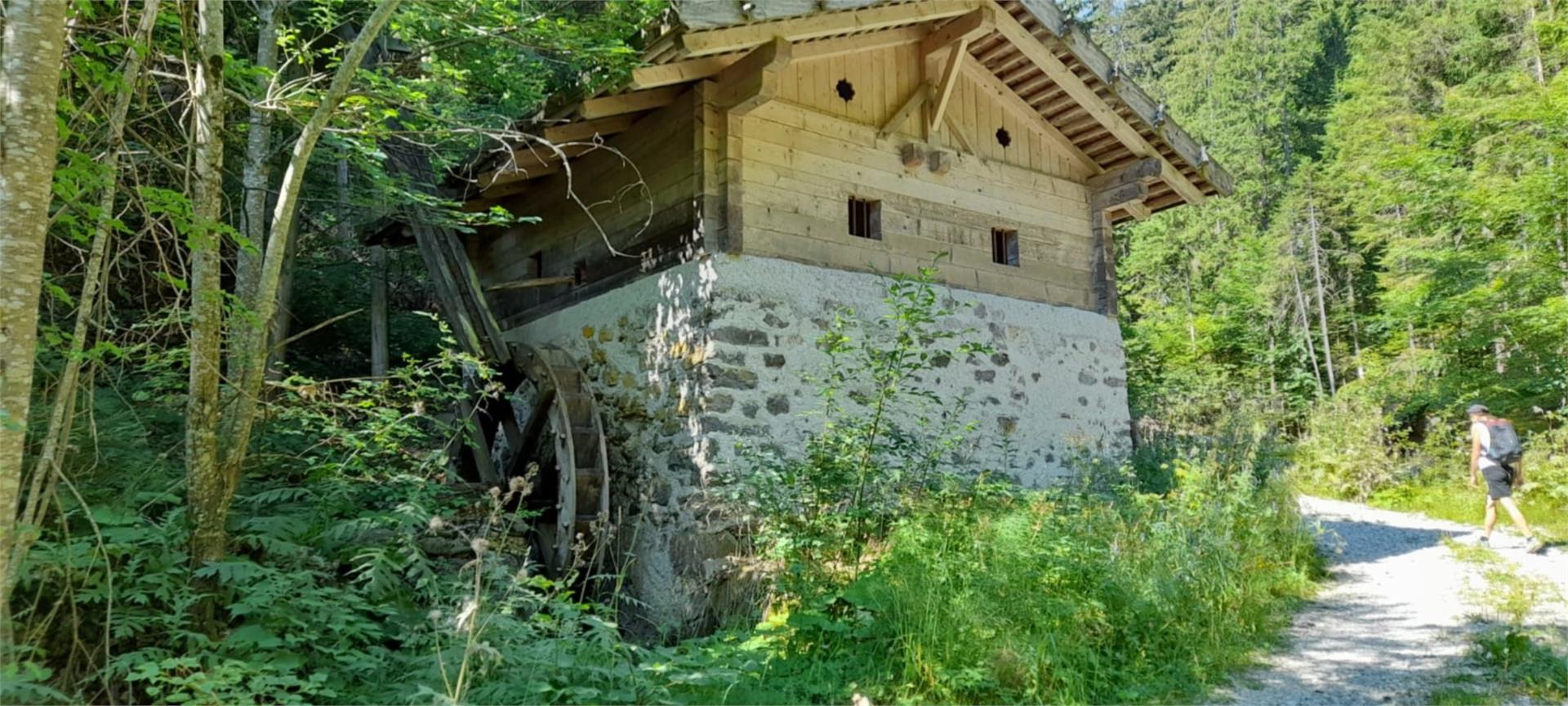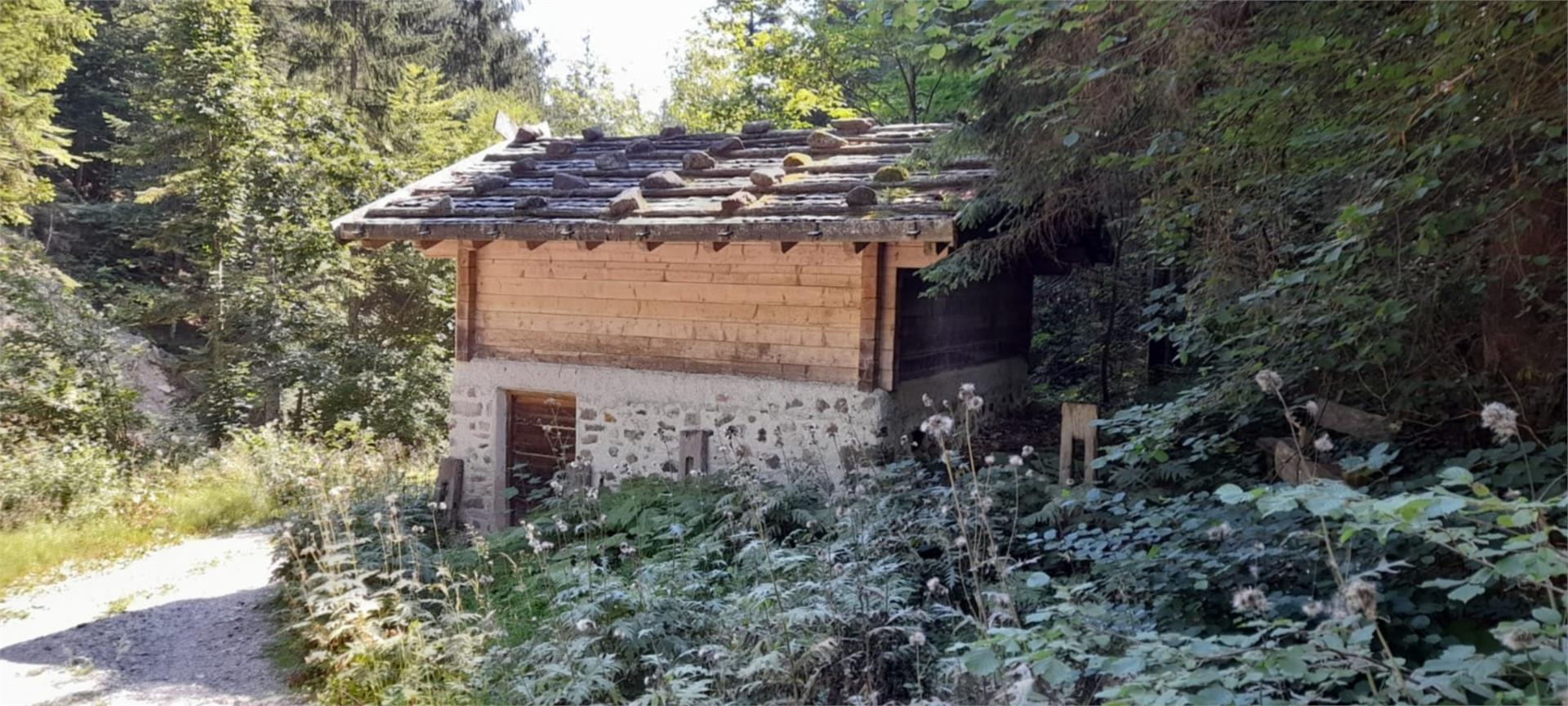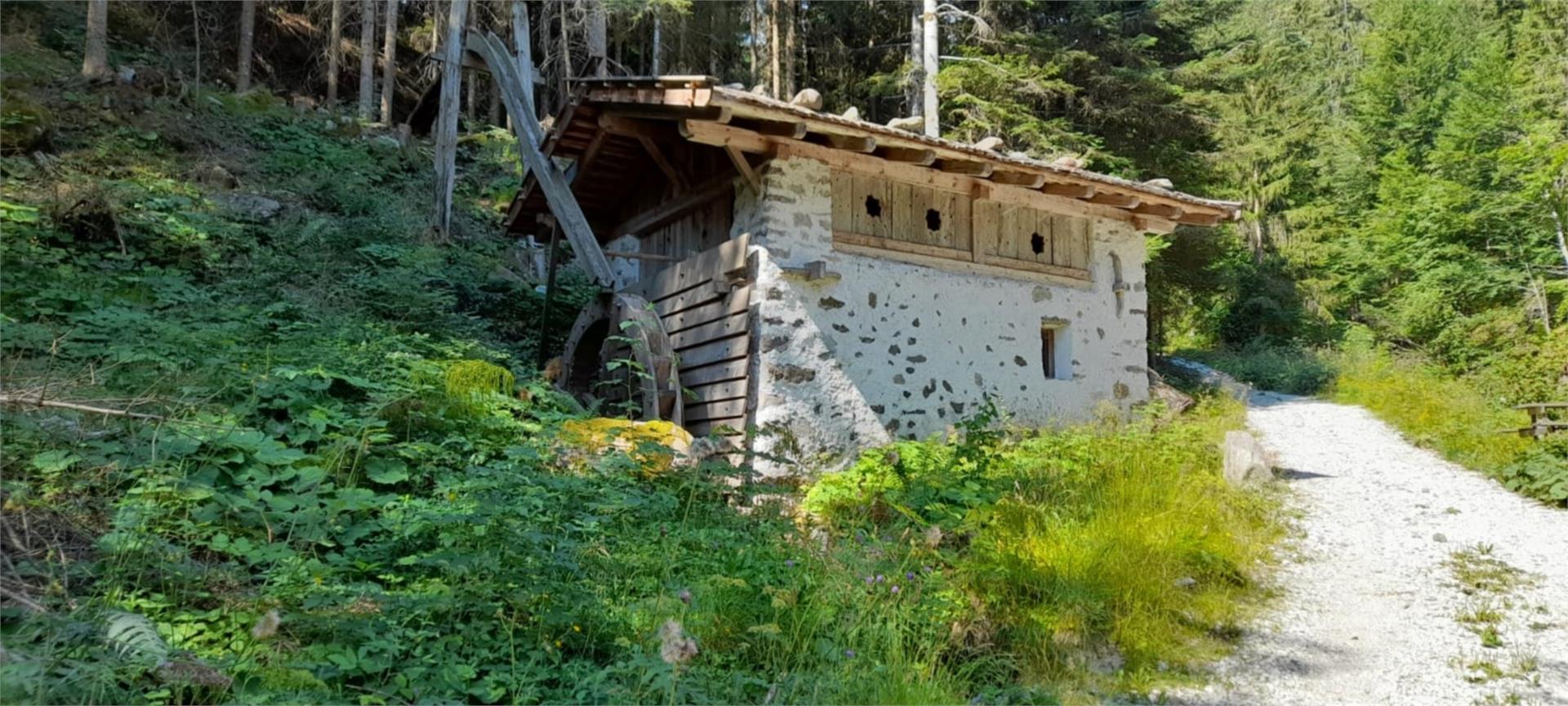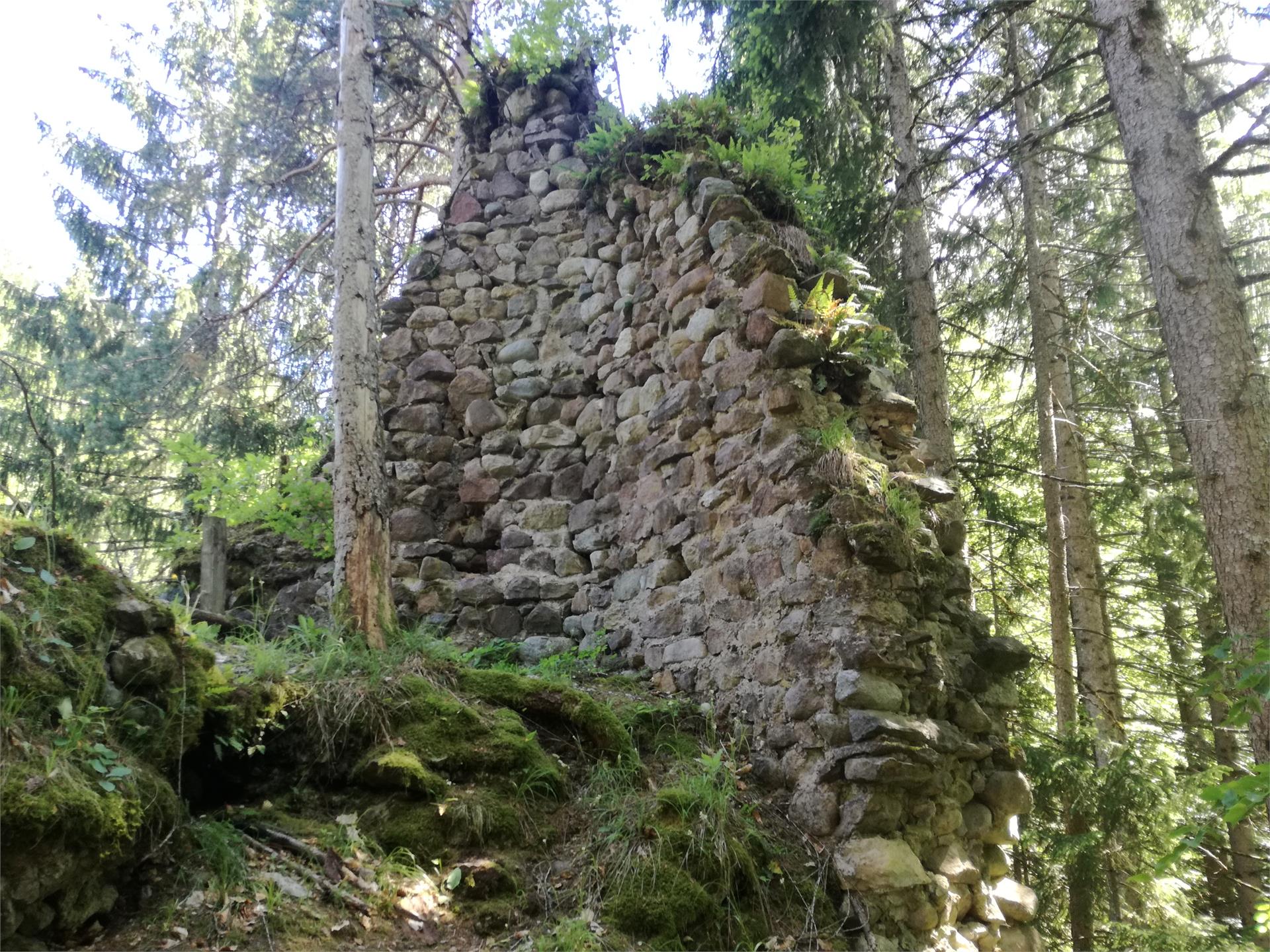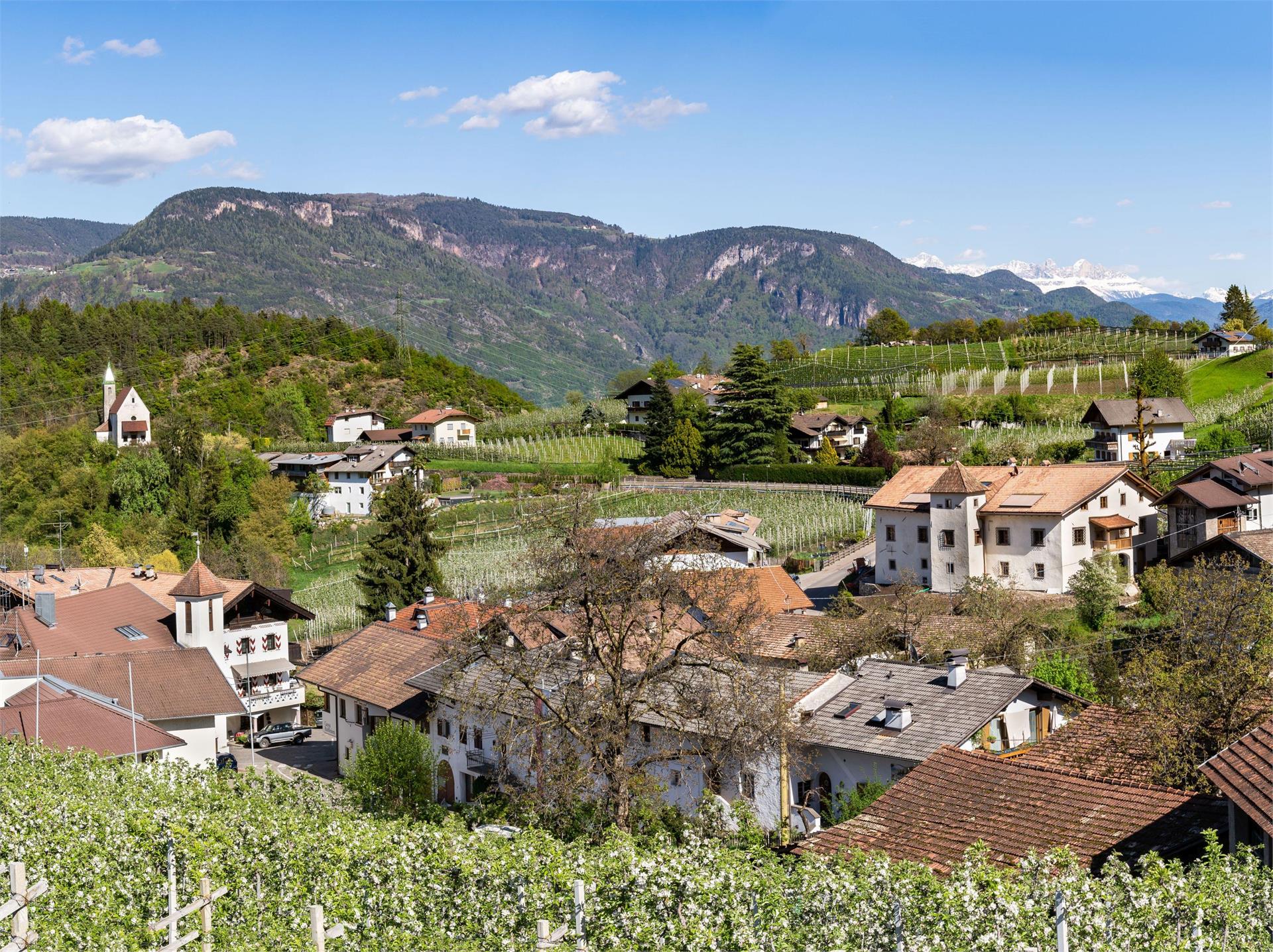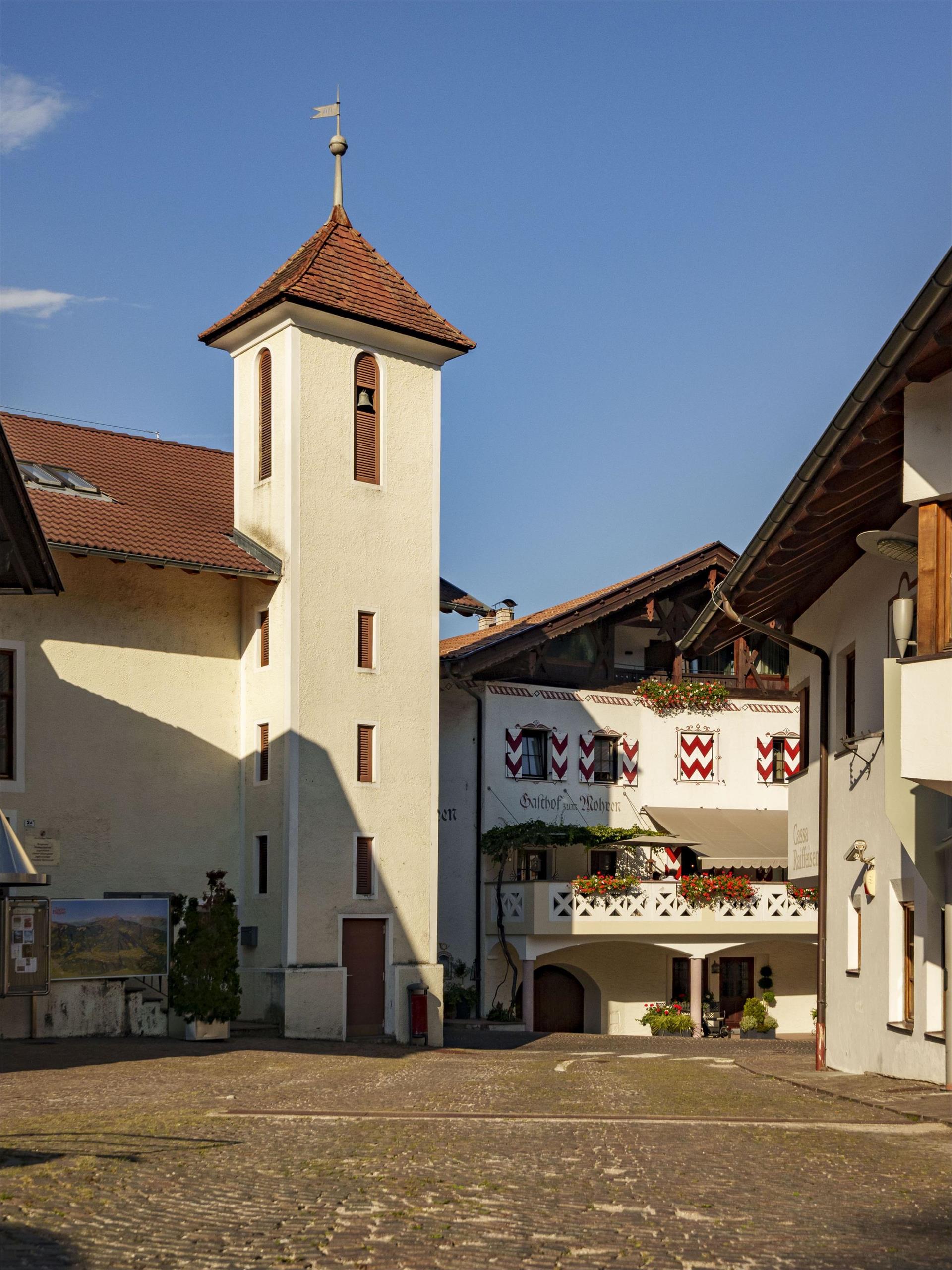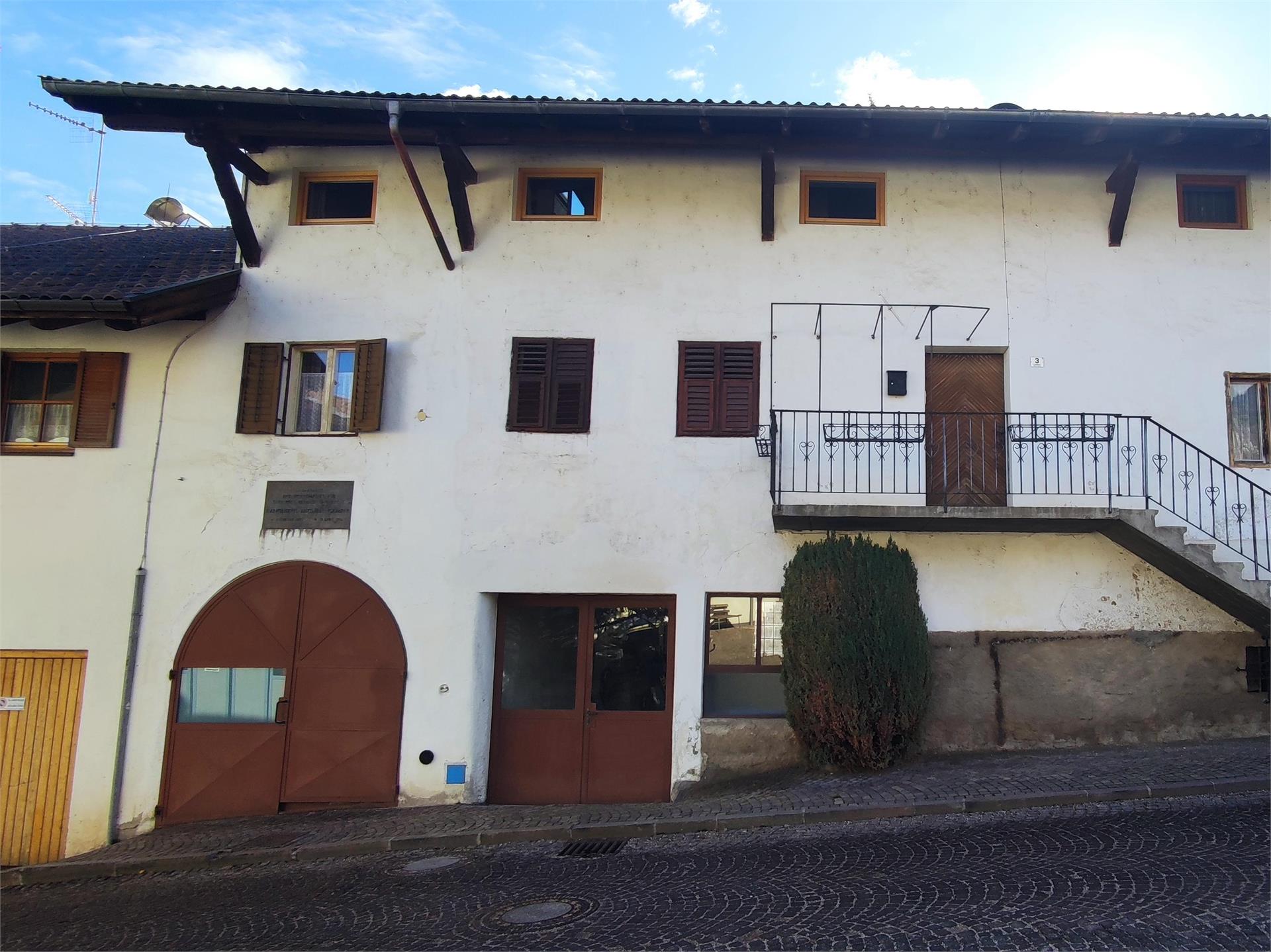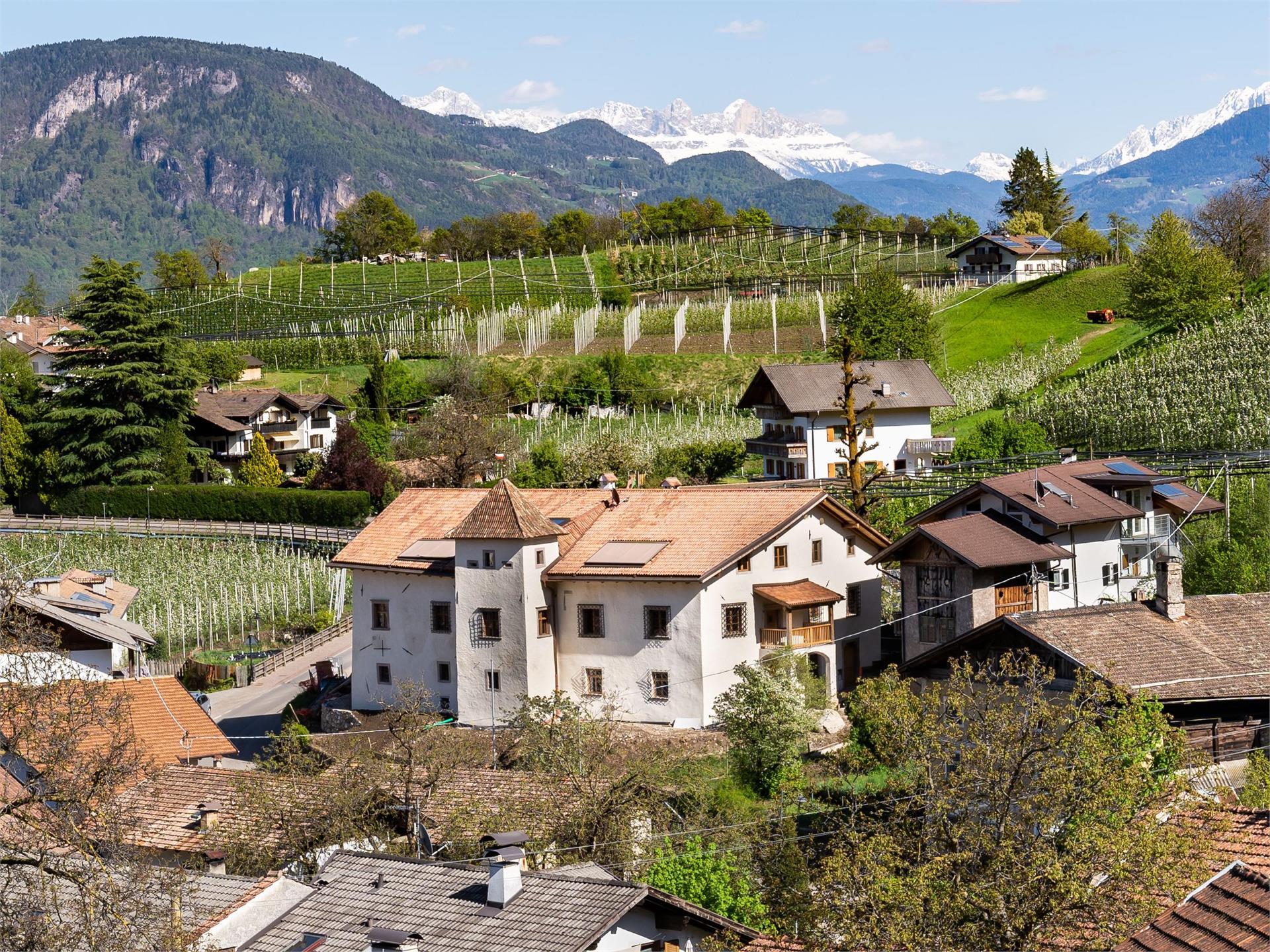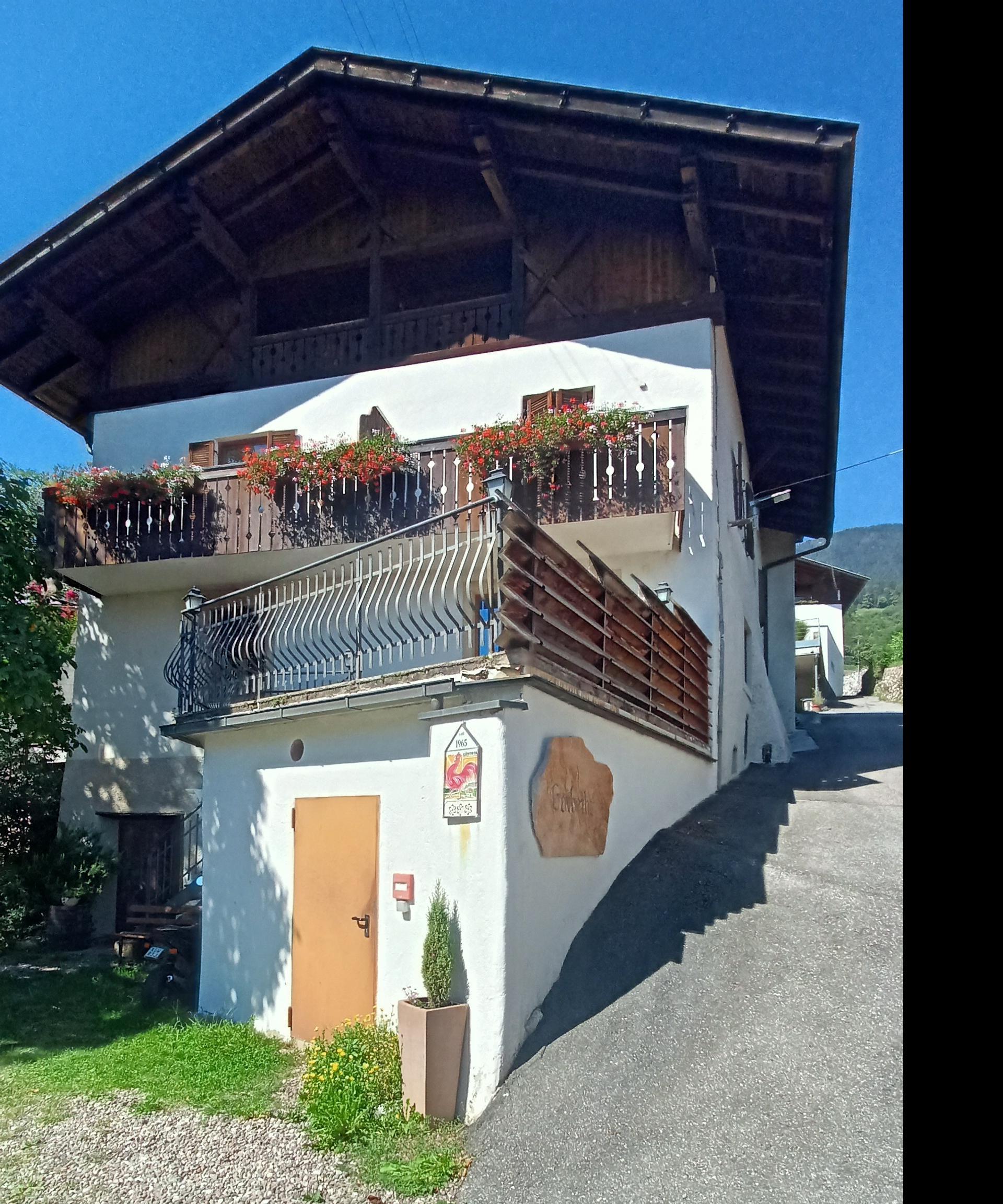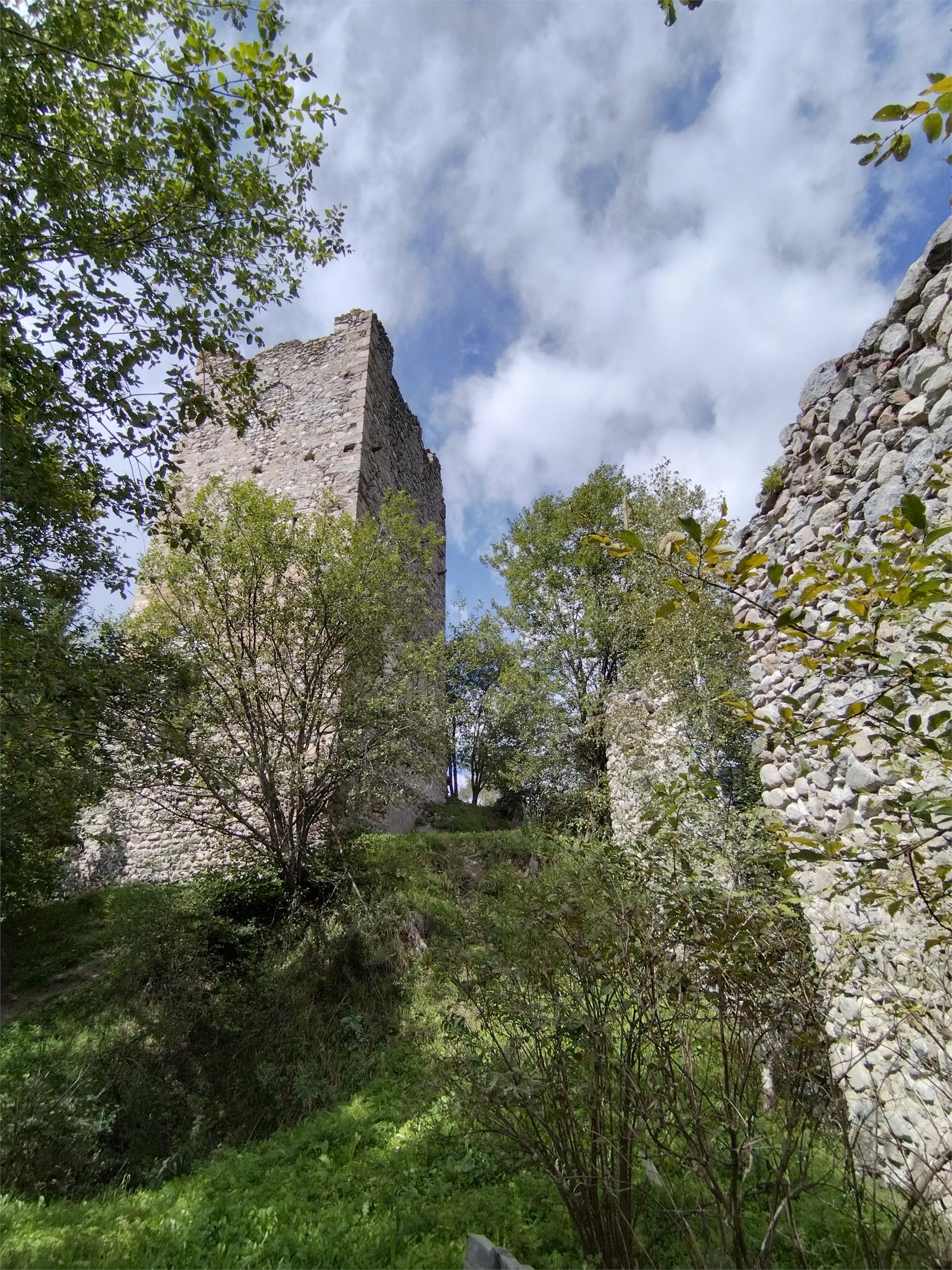Location:
The castle Hocheppan is situated high above the Val d’Adige and offers a panoramic view over the Ötztal alps, the Dolomites and to the capital city of South Tyrol: Bolzano.
History:
Lord Ulrich II built the castle around the year 1130 and it was one of the most majestic noble’s residences in the country. In 1158, the castle was destroyed, but soon after again rebuilt and in 1315, it was handed over to the sovereigns of Tyrol and from that time on, the castle changed owner from time to time. Since 1911, the castle had been in possession of the Earls of Enzenberg. In 2016, the local authority of Appiano has bought the castle. Among the numerous preserved castles in South Tyrol, Hocheppan is one of the most impressive medieval castles.
Architecture style and particularities:
Castle Hocheppan is the perfect combination of natural beauty and the romance of a medieval castle. Art lovers should visit the well-preserved castle chapel with its precious fresco cycle, which is one of the best-preserved frescos all over Tyrol.
Guides of art history:
The castle chapel and the castle Hocheppan can be visited with a guided tour every day from 10 am to 4 pm, except on Wednesday. For more information feel free to contact the tourist information Eppan: info@eppan.com, +39 0471 662206.
The tavern:
The castle tavern is open daily (except Wednesday) from 10 am to 5 pm. It is focused on dumplings and this is why you have the possibility to try different types of dumplings. In addition, typical South Tyrolian specialities, homemade cakes and a great selection of wines are waiting for you.
The 3D archery course:
The 3D archery course next to the castle Hocheppan is open every day, except Wednesday. You can rent bow and arrows from 10 am to 2 pm directly at the castle, in the tavern.
Hiking possibilities:
The hike to the castle Hocheppan is part of the hiking route to the three castles in Missian | Eppan: Hocheppan, castle Boymont and castle Korb.



